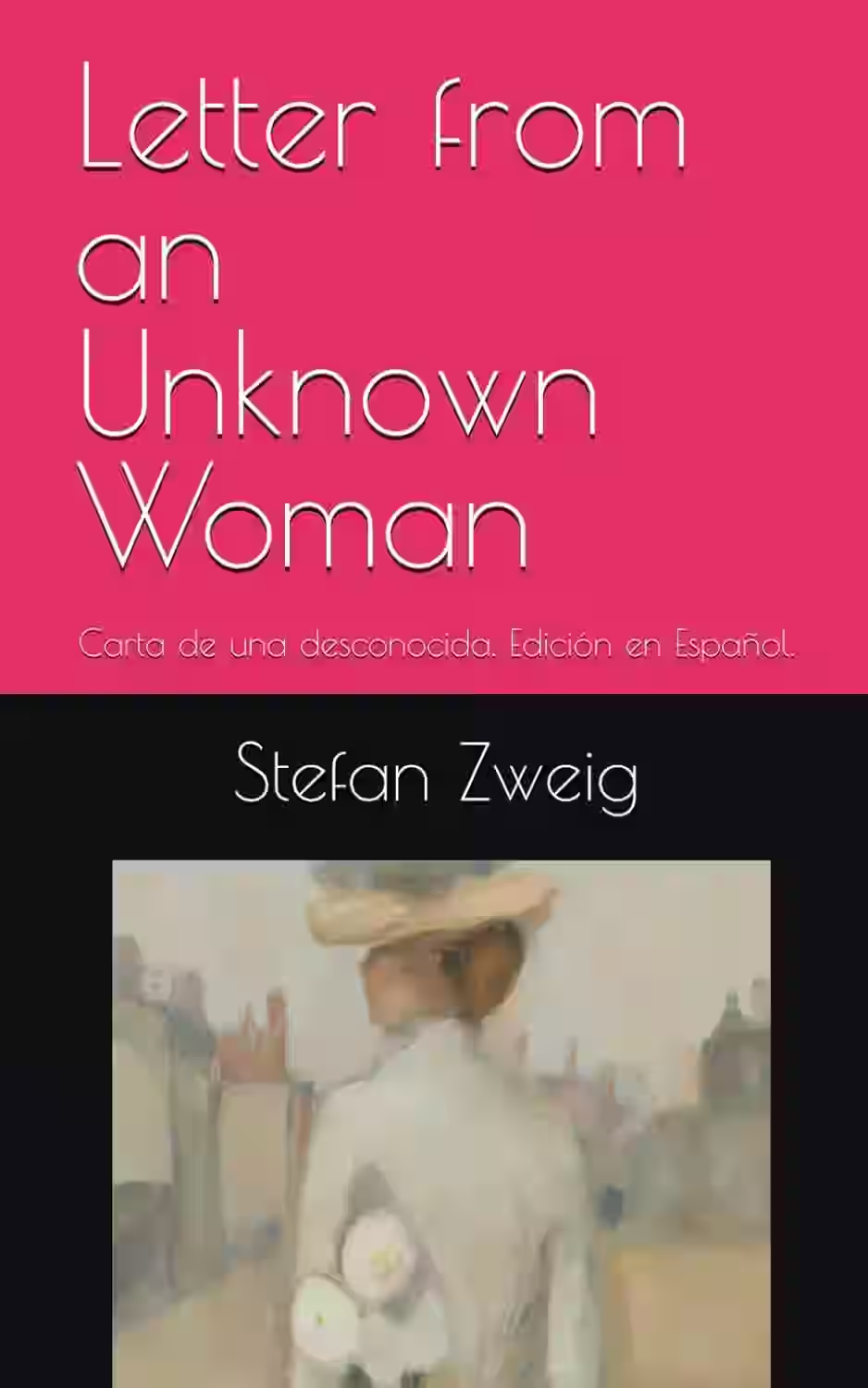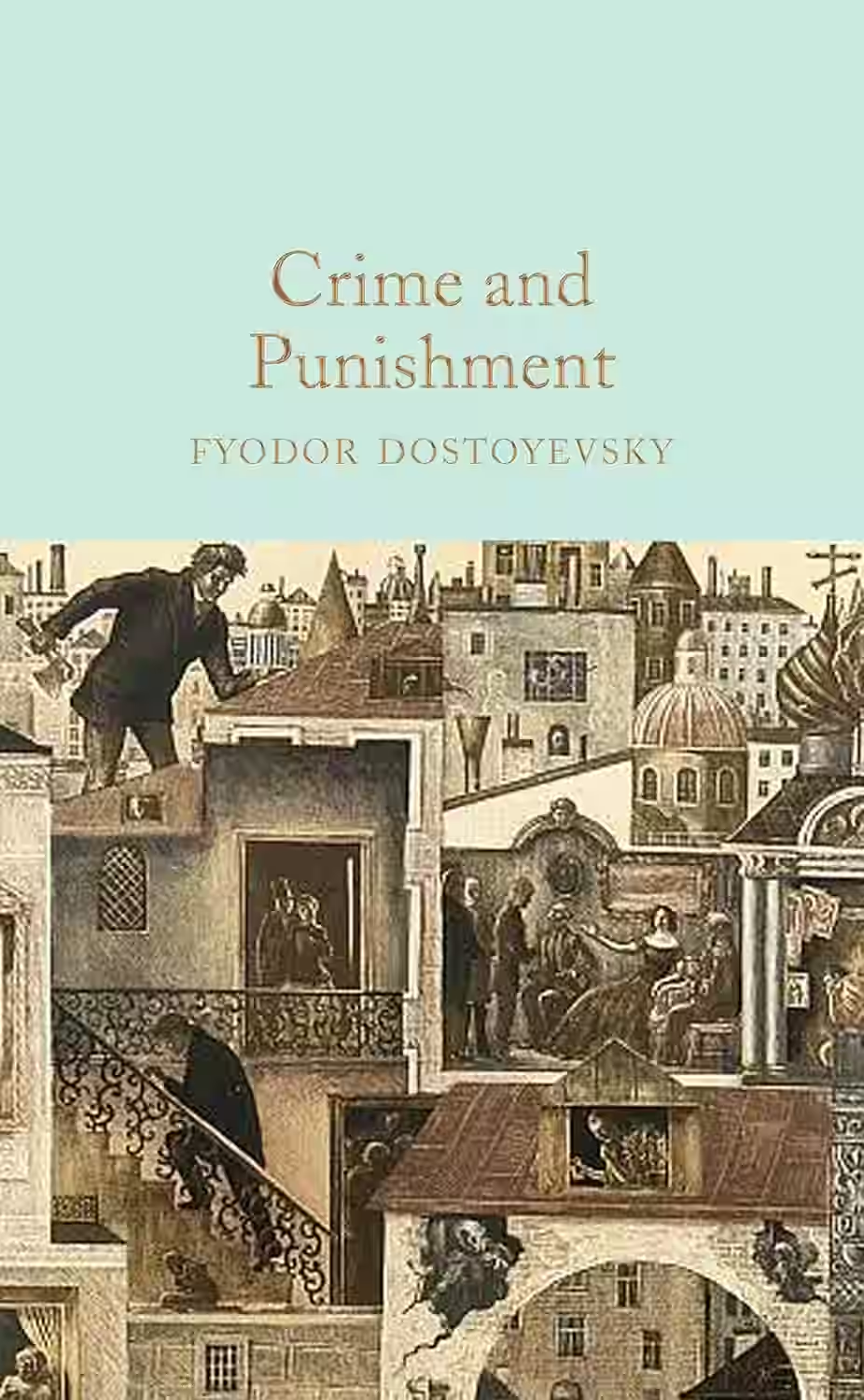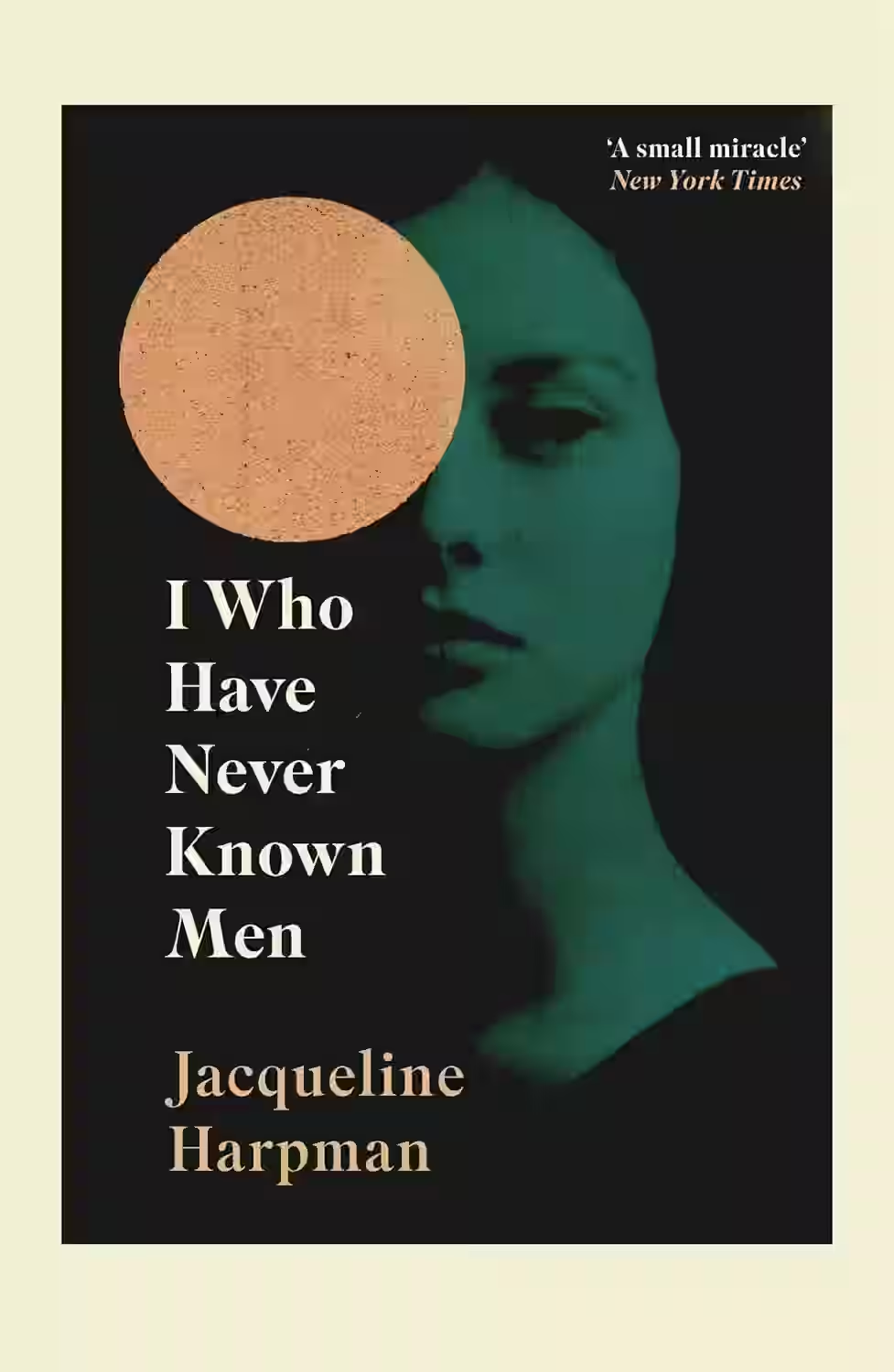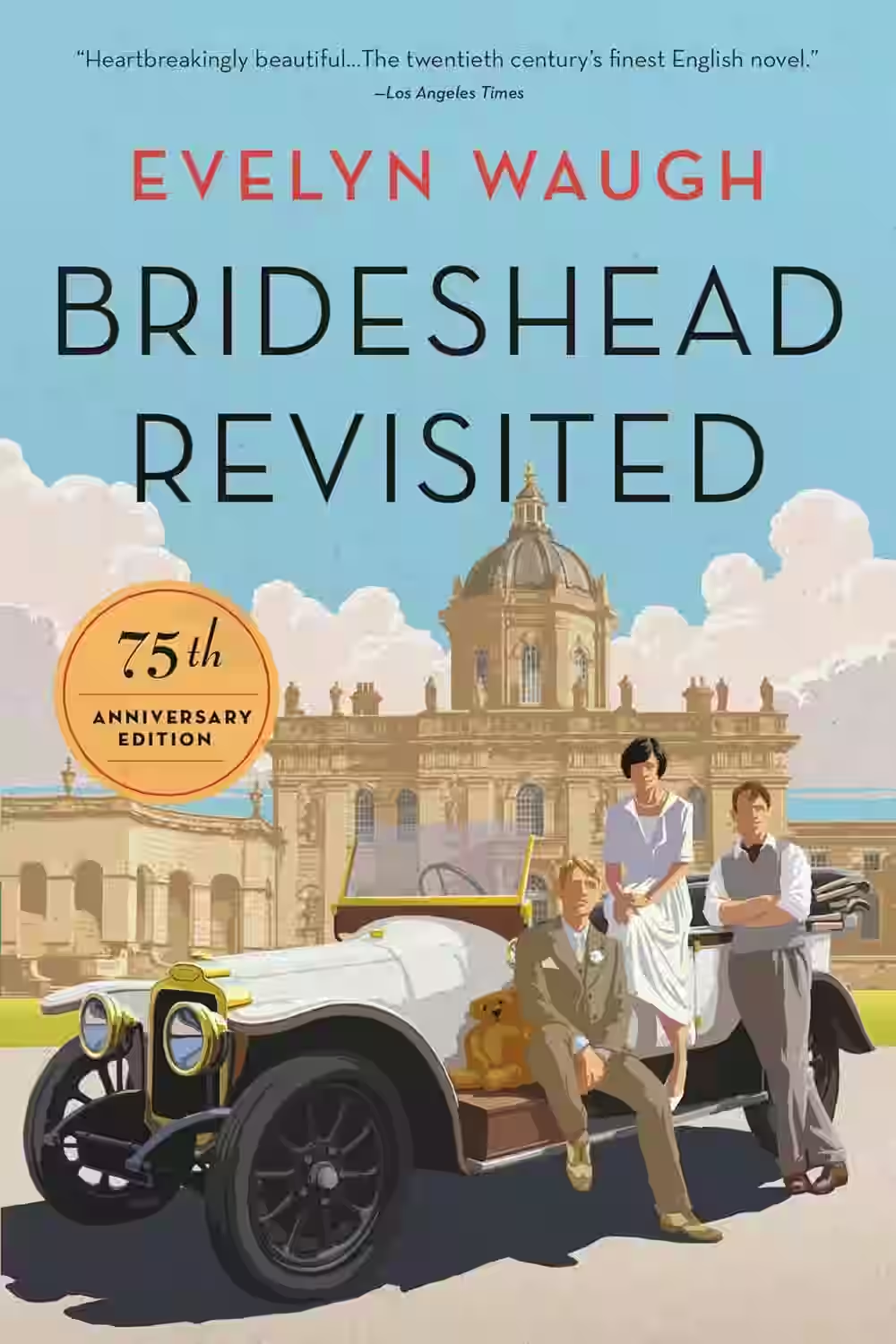
Written in 1920s, Stefan Zweig tells the story of a woman who is unrecognised and unrequited lover in Letter From Unknown Woman. This nameless young woman reached her unaware lover with this long letter by telling their memories from first day. As reader, while appreciating the patience of life long silence and hiding we don't know this woman as her lover who read the letter never recognised her too. With Zweig's literary talent this book has an unforgetable importance in our literature by emotion of being effaced that derived from never known; based on depth psychological side and human's love feeling we can find out darker sides and obsessions of people via this short but impressive book. Every reader who knows Zweig's success will admiringly read this book which is less known considering the other novels.
About Stefan Zweig
An Austrian novelist, playwright, journalist, and biographer, a prominent figure in European literature during the interwar period. Known for his elegant prose and psychological insight, he masterfully explored the human condition, often focusing on intense emotional states and historical figures. His novellas, such as Chess Story and Letter from an Unknown Woman, are celebrated for their conciseness and dramatic power. Zweig's work reflects the turmoil of his era, offering poignant observations on culture, identity, and the fragility of peace.
Similar Books

Crime and Punishment
Fyodor Dostoevsky’s Crime and Punishment is a psychological and philosophical novel that follows Raskolnikov, a destitute student in St. Petersburg who murders a pawnbroker. Haunted by guilt and moral conflict, he undergoes a mental and spiritual descent, questioning the nature of justice, free will, and redemption. The novel probes the consequences of rationalizing crime and challenges utilitarian ethics. With intense character study and existential depth, it remains a cornerstone of Russian literature and a profound meditation on conscience and punishment.

I Who Have Never Known Men
In Jacqueline Harpman's 'I Who Have Never Known Men,' we delve into a thought-provoking narrative following a group of women imprisoned in an underground bunker. The protagonist, a young woman named L, navigates the complexities of survival, freedom, and identity as she encounters the first man they have ever seen. The novel intricately weaves themes of power dynamics, autonomy, and societal constructs as the women explore their newfound reality. Harpman's writing is hauntingly beautiful, drawing readers into a world that challenges perceptions and questions the essence of humanity. 'I Who Have Never Known Men' is a compelling and introspective read that lingers in the mind long after the last page.

Brideshead Revisited
by Evelyn Waugh
Evelyn Waugh's 'Brideshead Revisited' masterfully captures the essence of nostalgia and the complexities of class and religion in early 20th-century England. The novel follows Charles Ryder, an artist and army officer, as he reflects on his youth and intricate relationship with the aristocratic Flyte family. At its core, it is a poignant exploration of faith, love, and memory, set against the backdrop of the opulent Brideshead Castle. Through Waugh's lyrical prose, the narrative scrutinizes the decline of the British aristocracy and the relentless march of modernity. With its richly drawn characters and a profound sense of loss, it remains a classic meditation on the passage of time and the enduring pull of the past.

The Wildlands
by Abby Geni
In 'The Wildlands,' Abby Geni crafts a haunting exploration of loss, survival, and ecological reverence amidst a world scarred by disaster. Set in the aftermath of a catastrophic tornado that obliterates a family farm in rural Oklahoma, the novel follows the McCloud siblings as they grapple with poverty and fragmented dreams. Significant themes include the transformative power of grief and the unique bonds formed in shared hardship. Geni interweaves elements of a thrilling adventure with profound contemplations on humanity’s impact on the natural world. Engaging and poetic, 'The Wildlands' invites readers into its vivid landscapes and complex character dynamics.